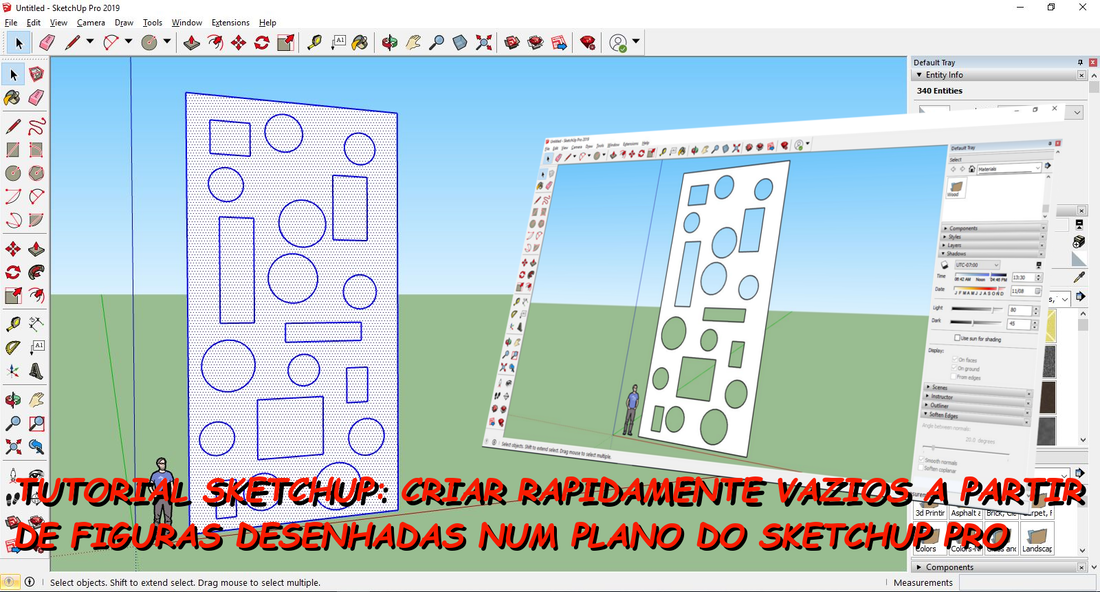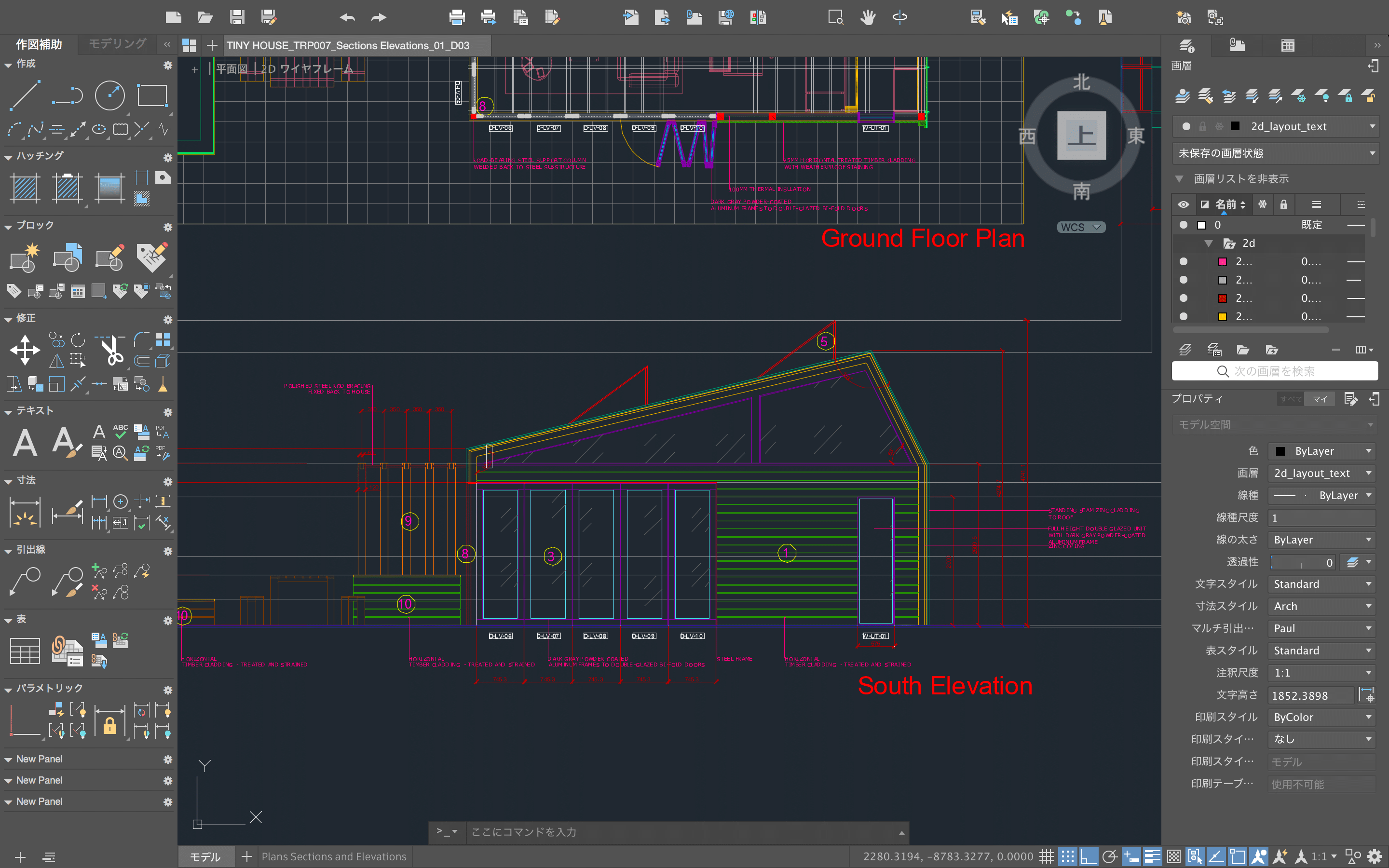
And you certainly don’t want Arial, because you like your company profits to continue growing the way they are.Īnd just in case you print this out, freaking on the fact that we used Arial for just a bit in the intro paragraph, know this: it all adds up, and we can sweat the slight use of the expensive font given that over time and lots and lots of printing, costs for toner can get as high as $100K. So you’re facing a dilemma here: you don’t want Times, and you don’t want Calibri. We’ve seen resumes printed in this font, and we never saw any problem with them whatsoever. The printer ink font looks a bit childish.

Some problems, though, people have with Calibri is the lack of ‘professionalism’, for lack of a better term. You either go with Times or Calibri, and you’re set. And it turns out here’s a font that also outperforms Arial just as much.Īgain, though, printers vary in terms of efficiency, so there’s no real accurate way to measure the output versus the cost except for what you’re reading here. How about this font? Is this more your style? A lot of professionals use this one as well.

Well, the Good News Is You Can Also Switch to Calibri You want to save as much money as possible in your company funds, keeping your cartridges running smoothly as you print out the next whitepaper or memo for your office, but let’s just say you’re not a fan of Times New Roman. The ink and toner industry’s booming with a lot of competition to boot.

It seems like pennies and dimes to the budget, but in all honesty – do you really want to ignore the facts? Times New Roman outdoes Arial by 27%, apparently. You see? Information truly is power, as no one ever would’ve thought a simple change from Arial to Times would make a difference. Other fonts waste ink as well, but one thing’s for sure – we have four different fonts you’ll probably love, as well as your printer and your pocketbook will love, and this first one is the one you’re seeing right here while reading this article: Times New Roman. It’s good to know, though, that Arial isn’t the only culprit. Makes sense that after a few dozen pages of printing, Arial might waste that ink cartridge faster than you can say ‘Epsilon’.Īpparently it’s true, and it’s been studied widely by experts: statistically you lose over 20% more of your ink by using this font you’re seeing right here, and the sad thing is Arial’s a standard in today’s content industry.įour Different Fonts to Choose From Without Losing QualityĪnd the bonus is this: you’ll save on your ink. Look closely at how prominent Arial really is.
Autocad printing fonts shifting pdf#

In AutoCAD 2017, the command PDFSHX maps to EPDFSHX (either may be typed in). On the command line in AutoCAD, enter EPDFSHX and change the value to 0 (zero).Since this is being caused by the PDF output created by AutoCad you will need to use the following workaround in AutoCad to generate the PDF drawings without the comments.
Autocad printing fonts shifting download#
Make sure to download the latest version of PDF Studio from this link. However it incorrectly adds an extra sticky note comment to generated PDFs for every SHX font text object in the drawings (see below image).įor PDF Studio 12 and later: We fixed this issue in PDF Studio 12.04 by identifying the Autocad sticky notes and hiding the associated note bubbles. Is there a way to fix this?Ī: A new feature was introduced in AutoCAD 2016 to allow for searchable text in a PDF when SHX fonts were used in the originating DWG file. Q: After exporting a drawing to PDF from AutoCAD, when looking at the PDF file in PDF Studio, there are comments all over the PDF.


 0 kommentar(er)
0 kommentar(er)
